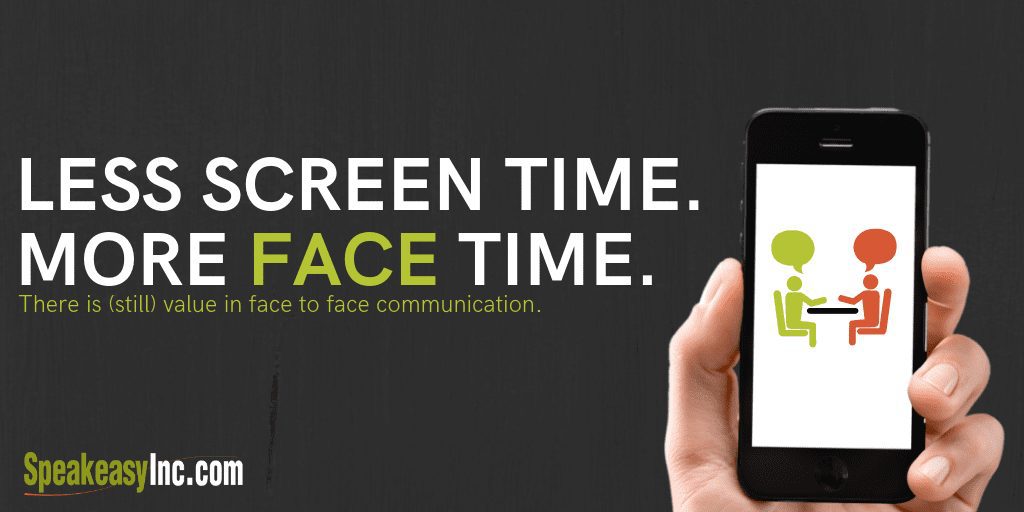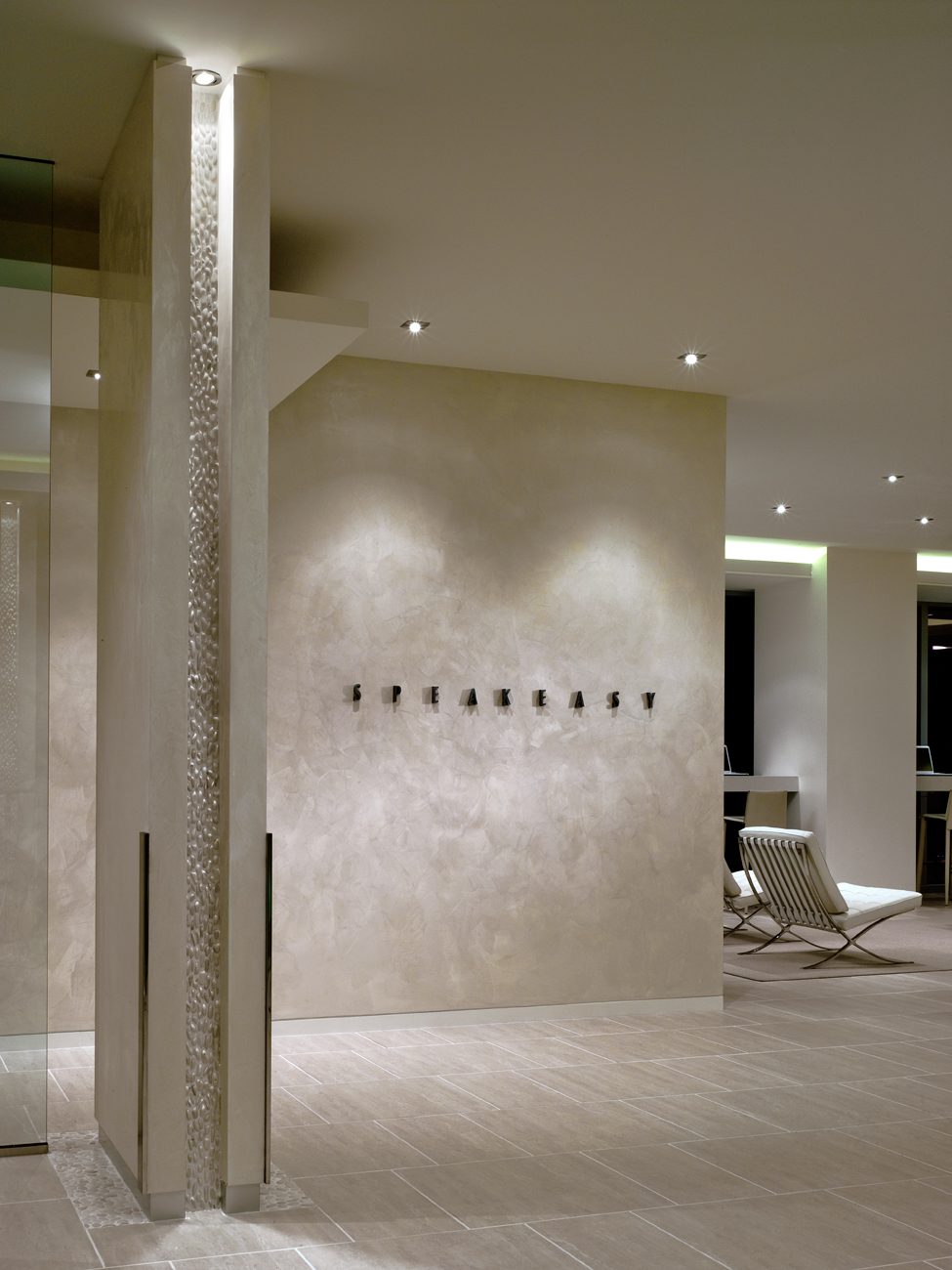
28 Sep Less Screen Time, More Face Time
Reading Time: 2 minutes
According to a 2013 Desoto study, adults spend nearly 30 hours per week on social media platforms and have roughly 275 personal connections across their social media channels. Imagine being on social media for more hours than there are in a day. However, in contrast, less than 12% physically see their connections on a regular basis.
So, what’s the problem? Electronic communication is changing the way we speak to each other. Don’t read this wrong, social media technology can be a wonderful thing and provides great benefits. It can help to increase your brand positioning, attract followers, establish authority, and even provide real-time news and information. It does, unfortunately, make it easier to hide behind the laptop or simply forget there is an actual person behind that avatar. When communication becomes as easy as hitting a button, pressing a key, or opening an app, people tend to do it without much thought or effort.
MISCOMMUNICATION
This dangerous practice can lead to miscommunication, which can ultimately affect how your audience perceives you. Have you ever read a text or email from someone that you felt to be inappropriate, harsh, rude, or hostile? After finally talking to them, perhaps you discovered it was all a misunderstanding. Simply put, online interaction has become a substitute for offline interaction which invites room for miscommunication. Speakeasy always recommends going straight to the source to prevent any unintended messages that may be coming through solely because of the digital platform used to communicate.
ANTISOCIAL BEHAVIOR
Some people argue that social media promotes antisocial human behavior. When given an option to meet in person or meet virtually, many people choose the latter. Relying too heavily on technology to communicate can lead a person to behave completely different in a face-to-face situation. In an article by Launch Workplaces, it mentions that meeting in person allows you to show your true personality, emotions, and reactions. It helps you build a more meaningful connection with potential partners and clients, helps build credibility, and establishes trust and loyalty. All of which is difficult to accomplish via technology.
When people are trained in effective in-person communication, they have an ability to move their audience to action, create lasting impressions, and close a gap that technology widens. This is the goal of successful communication whether it’s for work, play, or the somewhere in between where many of us spend so much of our time.
So, are you cool with less FaceTime and more face time? Pun intended.

